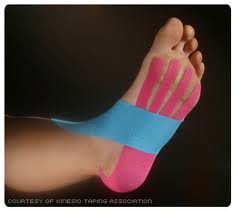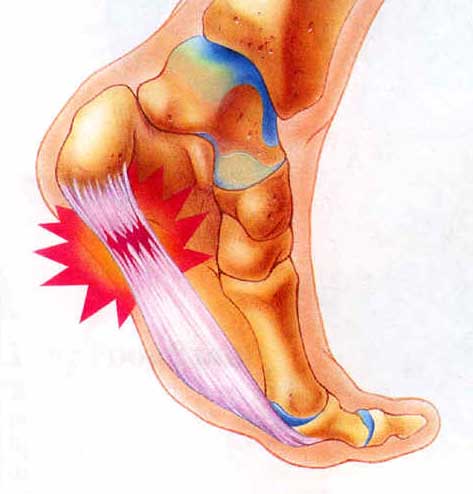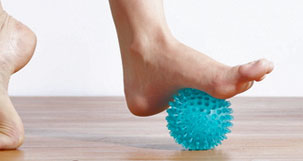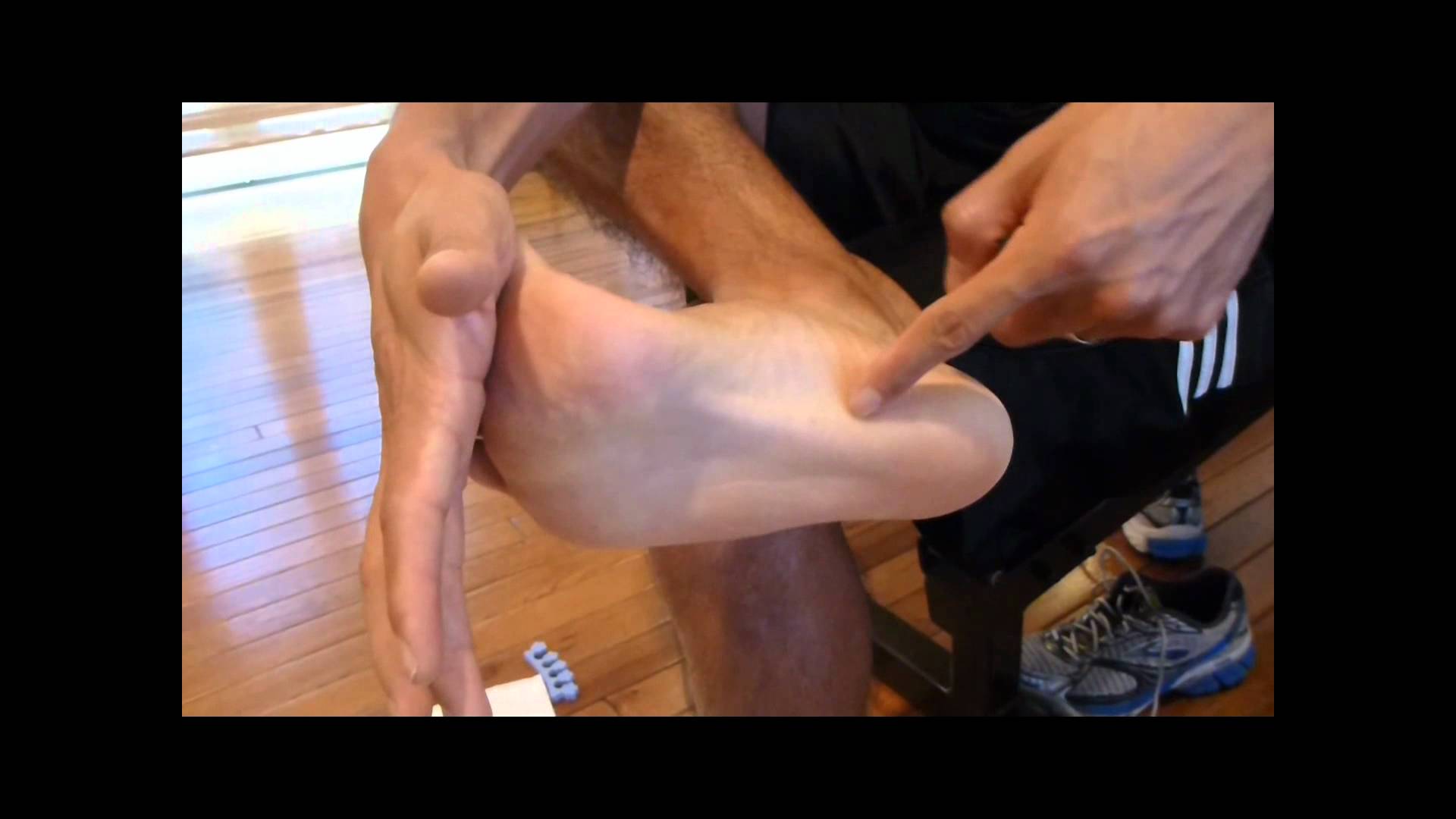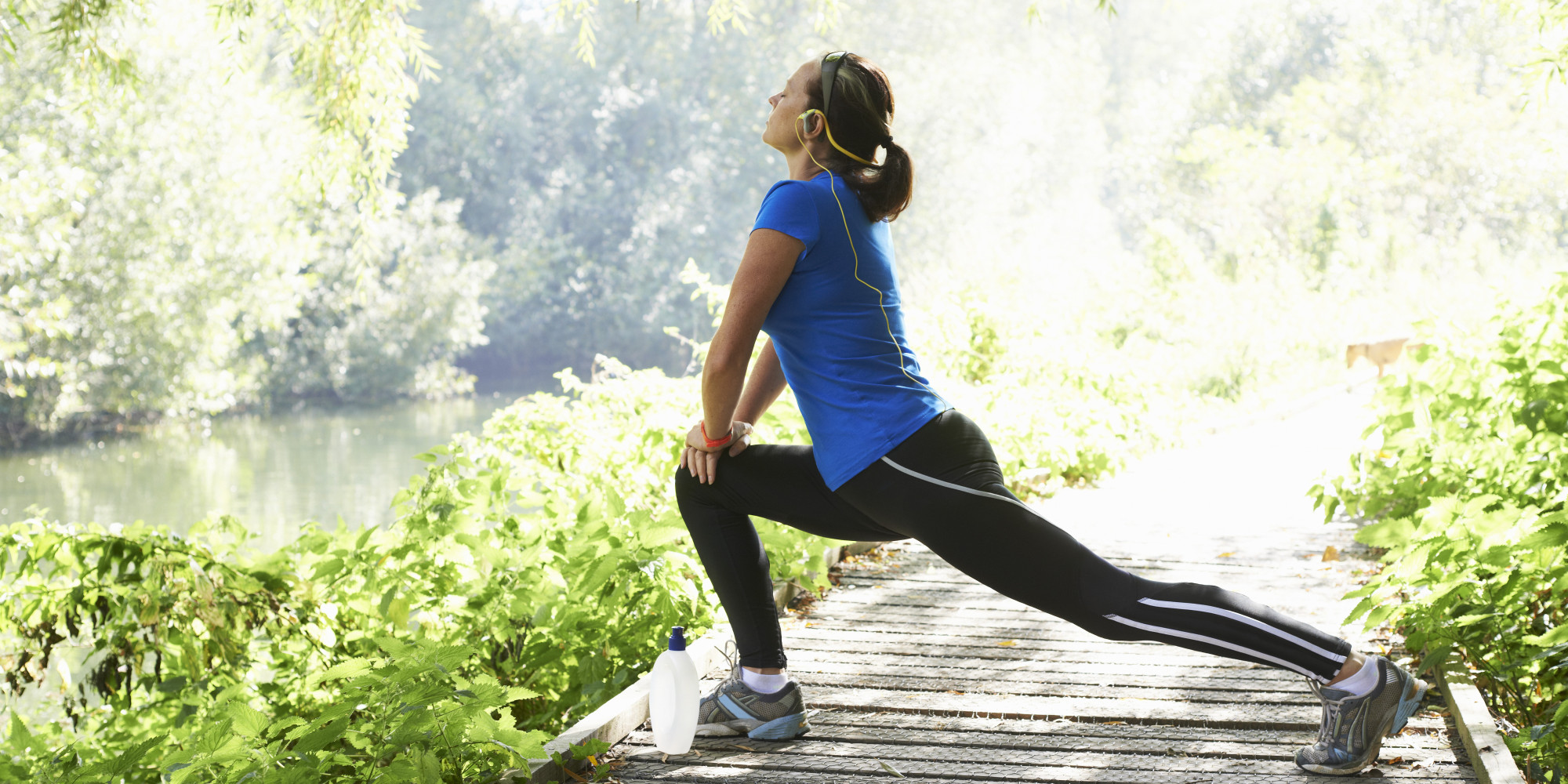What is the ITB?
The Iliotibial Band or ITB is a thick band of of fascia which connects the outside of the knee to the outside of the pelvis and plays a key role in the movement of the thigh. Some of the glute and hip muscles attach to it and the ITB co-ordinates how these muscles work and stabilises the knee.

Should you Foam Roll it?
I often get clients who say they have been regularly rolling their ITB and it is so painful.. so it must be doing some good? Pain does not equal effectiveness. In fact if an area is painful it is better to avoid this and use the roller around the area rather than directly on it which could potentially cause more inflammation.
The ITB is fascia and not muscle. Fascia is dense connective tissue made up of collagen fibres which is one of the strongest protein to be found. The ITB is supposed to be tight as it helps keep the knee stable and in the correct position. The idea that you can release or relax the ITB through Foam Rolling is therefore a misconception. What needs to be done is foam roll the muscles surrounding the ITB such as Glutes, Tensor Fascia Lata, Hamstrings and Quads.
Below is a link to some useful tips on how to foam roll.
What is ITB Syndrome?
This is a condition that is usually caused by friction of the ITB moving across the outer part of the knee due to an area of tension in the hips. Usually pain comes on during activity and gets worse until it is rested.
Treatment of ITB Syndrome
Obviously it is important to seek professional advice to ensure that you have a correct diagnosis before you start any rehabilitation programme.
- Rest and ice around the knee for a few days.
- In order to maintain fitness do some cross training e.g. swimming to avoid irritating the knee further.
- Have a sports massage to release any tension around the hips and leg muscles.
- Stretch often to help keep hips tension free. This is an important part of the treatment and prevention of ITB Syndrome.
Example Stretch..
TFL Stretch
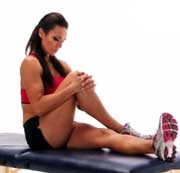
This stretch lengthens the tensor fascia lata muscle which is found on the outside of the hip. Sit on the floor with one leg out straight. The leg to be stretched is bent and the foot placed on the outside of the other knee as shown. Use your hands to apply pressure as if trying to pull the bent knee across the other one. Hold for 30 seconds and relax. Repeat 3 to 5 times.
Check List To Prevent ITB In The Future
- If you haven't already get your running gait checked. Your style of running could be contributing to tension around the ITB in the hips and glutes
- Ensure that your shoes are fit for purpose. Are they supportive in the right way? When you have your gait analysed they will tell you which shoes are best for you.
- Book an appointment with your Sports Massage Therapist or Physio to check to ensure that weak hips aren't a contributing factor.
- Stretch regularly to help lengthen muscles around the hip and glutes.
- Build in time for regular Sports Massage to help keep the muscles around the ITB tension free.


